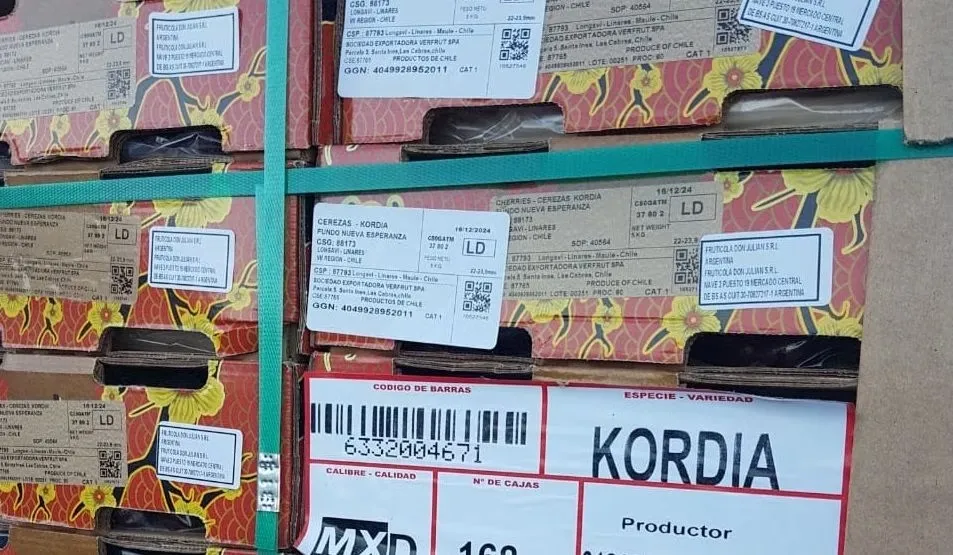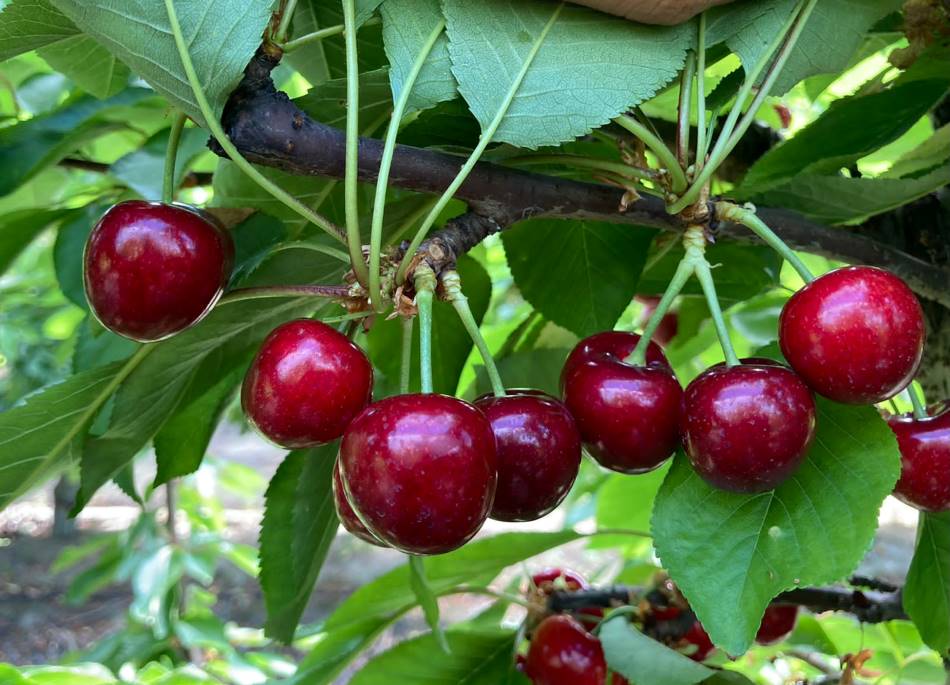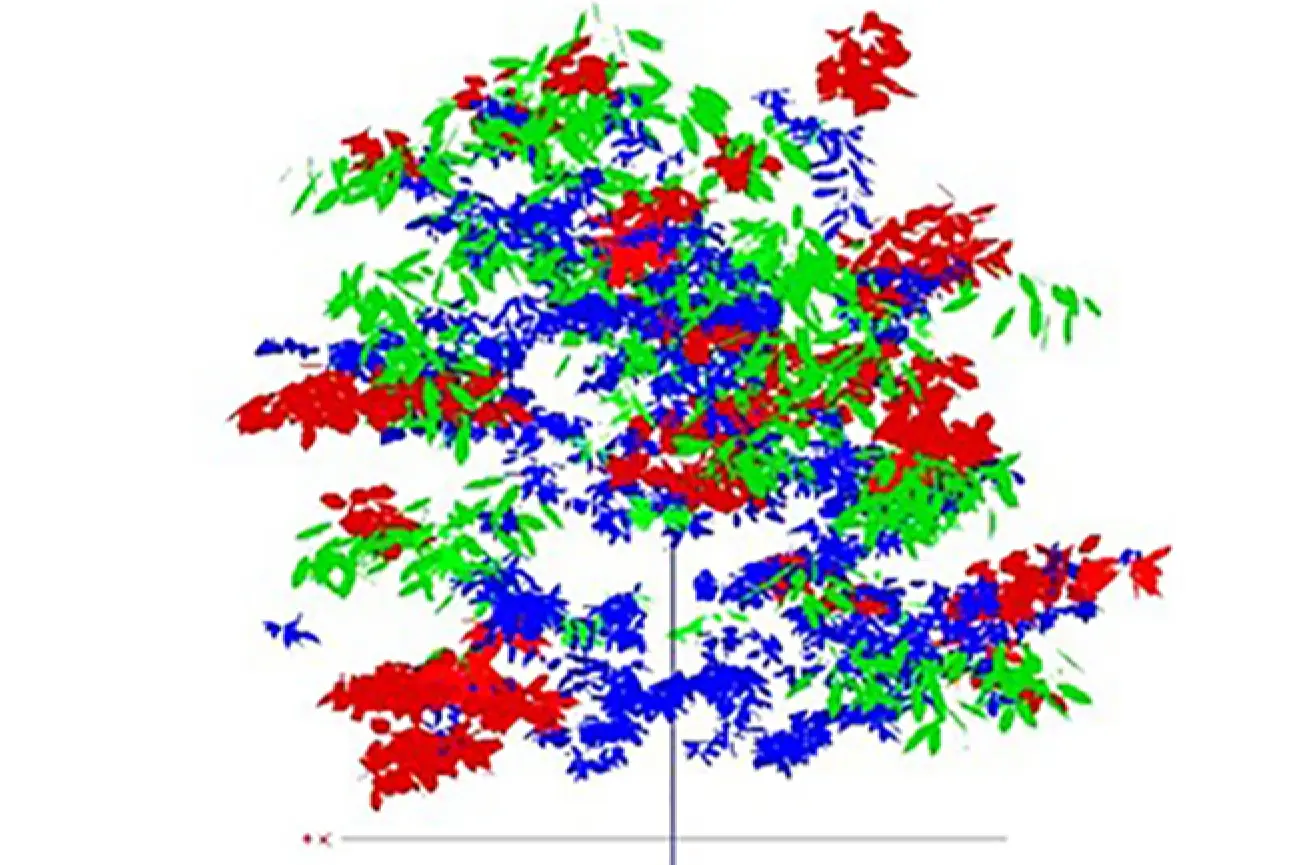For this season, a record harvest of cherries is expected in Argentina. Similarly, exports will reach record figures thanks to the harvested volume and the excellent quality of this product's exportable offer. On the other hand, prices in various foreign destinations are responding as expected, so everything indicates that a unique season for Argentine cherries will conclude.
However, this week, a warning sign has appeared. During the month of December, significant volumes of cherries from Chile, Cordoba, and Rosario began arriving at the Buenos Aires Central Market (MCBA). And in the first days of January this year, this trend intensified.
The statistics released by the National Service of Health and Agro-Food Quality (SENASA) show that Argentine imports of cherries amounted to 72.6 tons last December, compared to zero tons in the same month of the previous year. Considering imports over the last five seasons, the volume of cherries imported from abroad for the Argentine domestic market grew by just over 140% in December 2024.
However, another concerning fact, in addition to the acceleration observed in cherry imports, is the value at which the product, currently arriving entirely from Chile, enters the country.
As shown in the attached graph, and taking wholesale prices from the MCBA on Wednesday, January 8, as a reference, the Chilean cherry variety Lapins is the one with the lowest market price, even 18% lower than the values of the same variety from southern Argentina.

Change in context for cherries
According to the various specialists consulted by +P, this new scenario is due to two specific causes, in addition to other secondary ones.
The first is the record harvest of cherries in the neighboring country. According to preliminary data from official bodies, the Chilean production for the 2024/25 season is expected to exceed 670,000 tons, with an annual growth of about 80%. Similarly, exports should end the season with over 640,000 tons, about 200,000 tons more than last year’s exportable offer.
To reference these values, it should be noted that Argentina expects a production of over 12,000 tons for the current season, with an export of about 8,000 tons; a volume that represents only 1.2% of the neighboring country's total exports. It was therefore predictable that, in light of a more abundant harvest, Chile would look to the Argentine domestic market as an alternative destination for its exportable offer.
The second cause is the difference in costs of production between the two countries. Private sector data shows that the delay in the exchange rate that Argentina is experiencing is severely impacting regional economies, significantly increasing production costs in dollars and reducing the profitability of various activities commercially linked to the external sector.
Cherries are not excluded from this context. This is one of the arguments presented by entrepreneurs when questioned about the low prices at which Chilean cherries enter the Argentine domestic market.
“Chile has clear advantages over Argentina regarding cherry production. The first is the scale, which allows for managing a much lower fixed cost structure. The second aspect is taxation: they have a tax burden up to 40% lower than ours, a key factor in terms of competitiveness as a business.”
"Finally, the Chilean peso has depreciated in line with international market trends, while our monetary policy is heading in the opposite direction,” said a prominent regional exporter interviewed on the matter.
In light of this December and early January scenario, it cannot be ruled out that imports of cherries from Chile will continue to grow in the coming weeks and find a significant sales niche in the Argentine domestic market, given the higher harvest volumes and the better competitiveness of the neighboring country.
Source: Más Producción
Image: Más Producción
Cherry Times - All rights reserved













